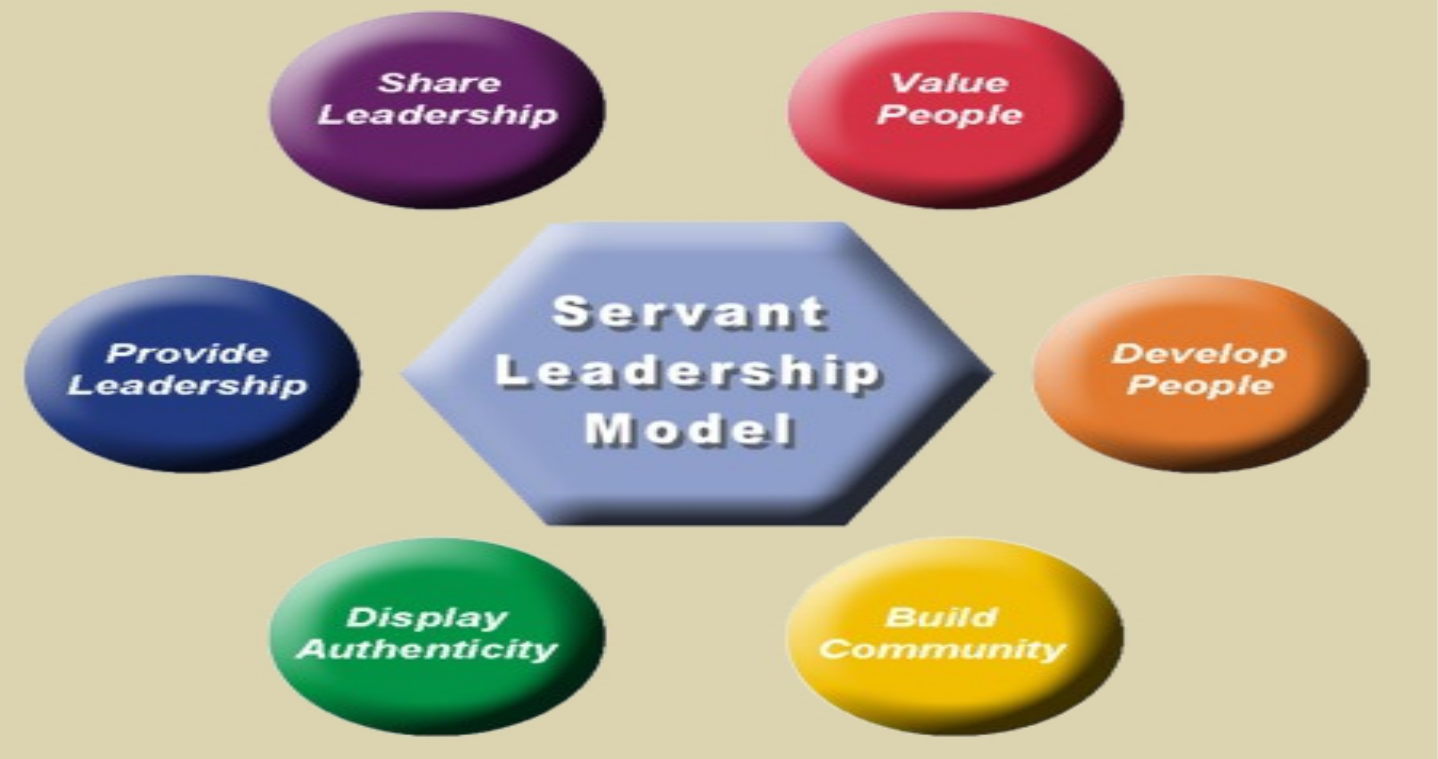
Leaders vs. Managers
Fall MARC Meeting
Diane Dempsey
November 7, 2019

Topics
• Managers vs. Leaders
• Managers Power
• Leaders Power
• Trust
• Leaders Key Attributes
• Servant Leadership
• Professional Development
• Transformational Leadership
• Unsuccessful Leaders
• Traits - Leaders
3
How Does a Leader Differ From a Manager?
A manager has the power to make others do things. A manager may
delegate responsibility solely using his or her positional power;
however, this does not mean that he or she is being a leader.
A leader leads through his or her ability to influence others
to do things—accomplished by using a certain degree of power or charisma.
Influence is that part of power involving the capacity to have an
effect on the character, develop someone, something or the
effect itself.

4
Managers Possess Power
Managers possess varying types of power based on their
corporate role. Managers use positional power:
• Legitimate Power— Ability to influence others because of
position.
• Reward Power—A manager’s capacity to reward employee
performance.
• Coercive Power—Ability of the manager to remove something
from a person or punish an employee for not conforming to a
request.

5
Leaders Use Personal Power
Leaders typically utilize:
• Expert Power—Expertise in a specific area of knowledge that is
highly valued, usually acquired through experience.
• Referential Power—Influences others through personality,
behavior, and/or charisma (a meld of physical traits, speech,
mannerisms, and self confidence). Other important personal
traits, including empathy, persuasiveness, patience, and the
ability to listen.
• Authentic Power—Strong sense of self, rather than from
the position one holds.

6
Leaders Leverage Personal Power
• Personal power is the ability to exert influence in an organization
beyond the authority granted through position. A leader
effectively develops and uses personal power. Personal power
includes:
job knowledge,
interpersonal skills,
ability to get results,
empathetic abilities, or
persuasive abilities
Leadership is a highly valued asset.

7
Trust
Promoting a positive and healthy work environment requires managers and
employees to genuinely want to trust each other. The trust employees have
in a manager directly relates to the decision making process and in
communicating decisions to employees.
Decision-making - factors of trust:
• Level of tolerance employees possess that impacts their willingness to trust,
• The amount of time required to build trust.
• Extent a manager trusts employees based on the methods in which they
sanction employees who violate his or her trust.
• Personal attributes of a manager are discernable by employees within a
relatively short period.

The Cs of Trust

9
Key Attributes of a Leader
• Honesty—employees assess a manager’s ability and the sincerity of his or her promises and
commitments and try to understand the decision-making process a manager uses to deal with
numerous topics, in particular those concerning employees’ employment;
• Forward-looking Mindset—employees want to believe that a manager’s actions are in-line with a
company’s organizational, departmental, and personal goals that are derived from the company’s
mission statement;
• Inspiration—employees gain trust in managers who inspire them with bold visions and
complimentary goals to accomplish them;
• Competence—employees trust managers who are supportive, loyal, self-confident, intelligent, and
open.
Leaders must be open to suggestions from their employees, empower them to take a leadership role,
be available for coaching and continue to challenge them.
Leaders believe in “servant leadership”. They are not self serving.

Servant Leadership
11
Leaders Are Proactive
• Lead by Example
• Set reasonable and achievable goals
• Demonstrate the rewards of collaboration
• Encourage strong communication skills
• Be highly visible to your staff and the entire organization
• Place a high level of focus on performance:
• Recognize top performers
• Continually coach mediocre performers
• Deal effectively with poor performers
• Possess intelligence
• Strong interpersonal skills
• Self Monitoring
12
Professional Development
Leaders recognize the importance of professional development. It
should be a requirement and on going.
• Promotes participation in professional organizations fostering
development and requiring personal commitment.
• Encourage their employees to achieve stretch goals and take
leadership positions on projects.
• Leadership skills must be practiced; e.g. Leaders in Training
• Embrace the 3-2-1 model for leadership development:
Participate in three outreach events,
Give two speeches or serve on two panels,
Serve on one board of directors or committee

13
Transformational Leadership
• Visionary
• Charismatic
• Inspirational
• Challenges the status quo
• Carefully analyzes problems
• Confident
• Optimistic

14
Unsuccessful Leaders
Lacks training
Cognitive deficiencies
Personality Challenges:
• Passive-aggressive
• High likeability floater
• Narcissist
• Disorganized
• Blames others
• Paranoid
• Ego-centric
• Self Involved
• Passes the Buck


16
Traits - Leaders
• Steps up and assumes responsibility
• Works collaboratively
• Self motivated
• Undertakes challenging projects
• Attracts executive management’s attention
• Understand the company’s mission and how to support those goals
• Attracts strong performers
• Offers unsolicited assistance
• High Emotional IQ
• Decisive
• Active listener
• Not threatened by others
• Possesses strong negotiation skills
• Not passive aggressive
• Chosen for difficult assignment due to their reliability, optimism and technical skills.
Choose to be a Leader!!!!!
